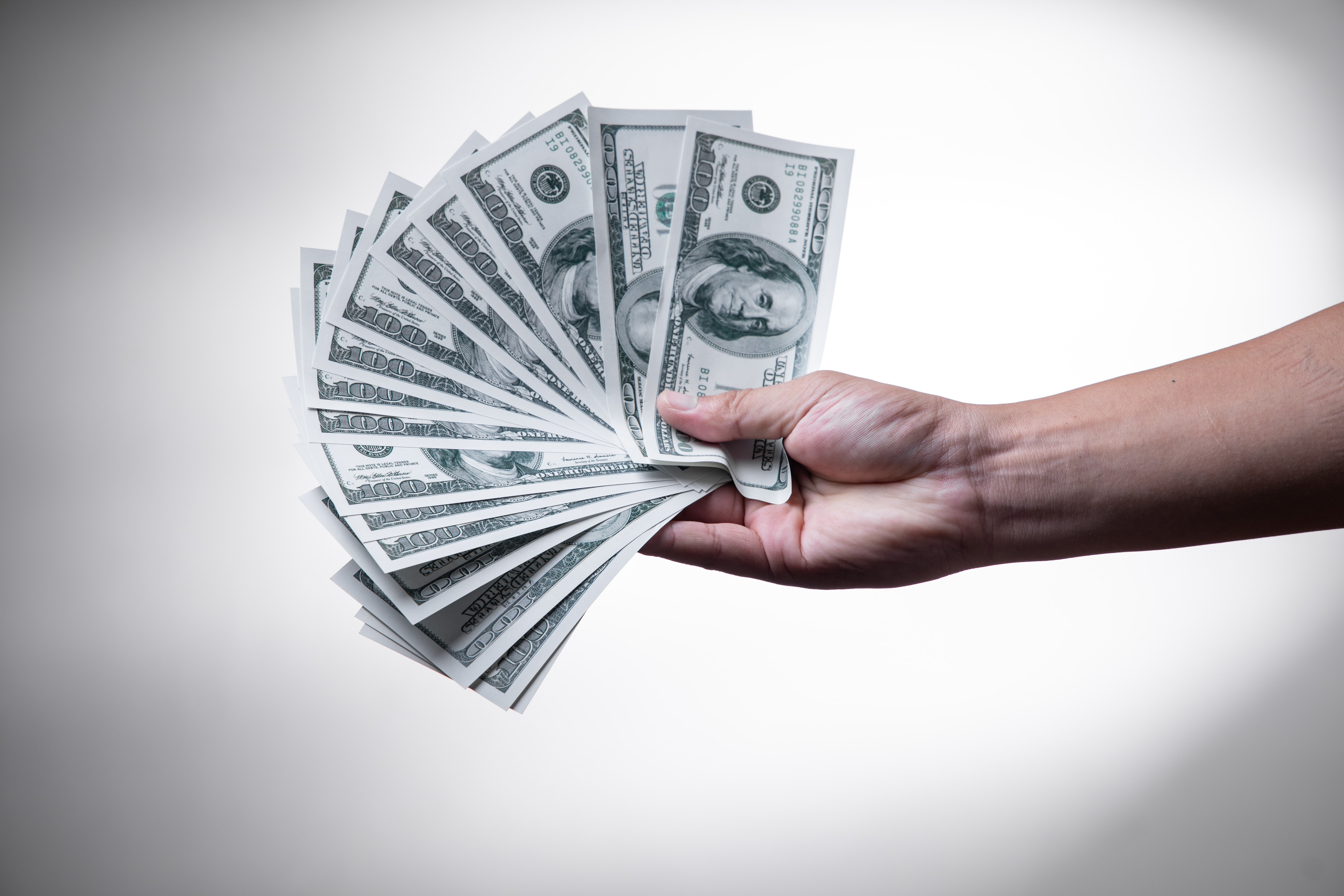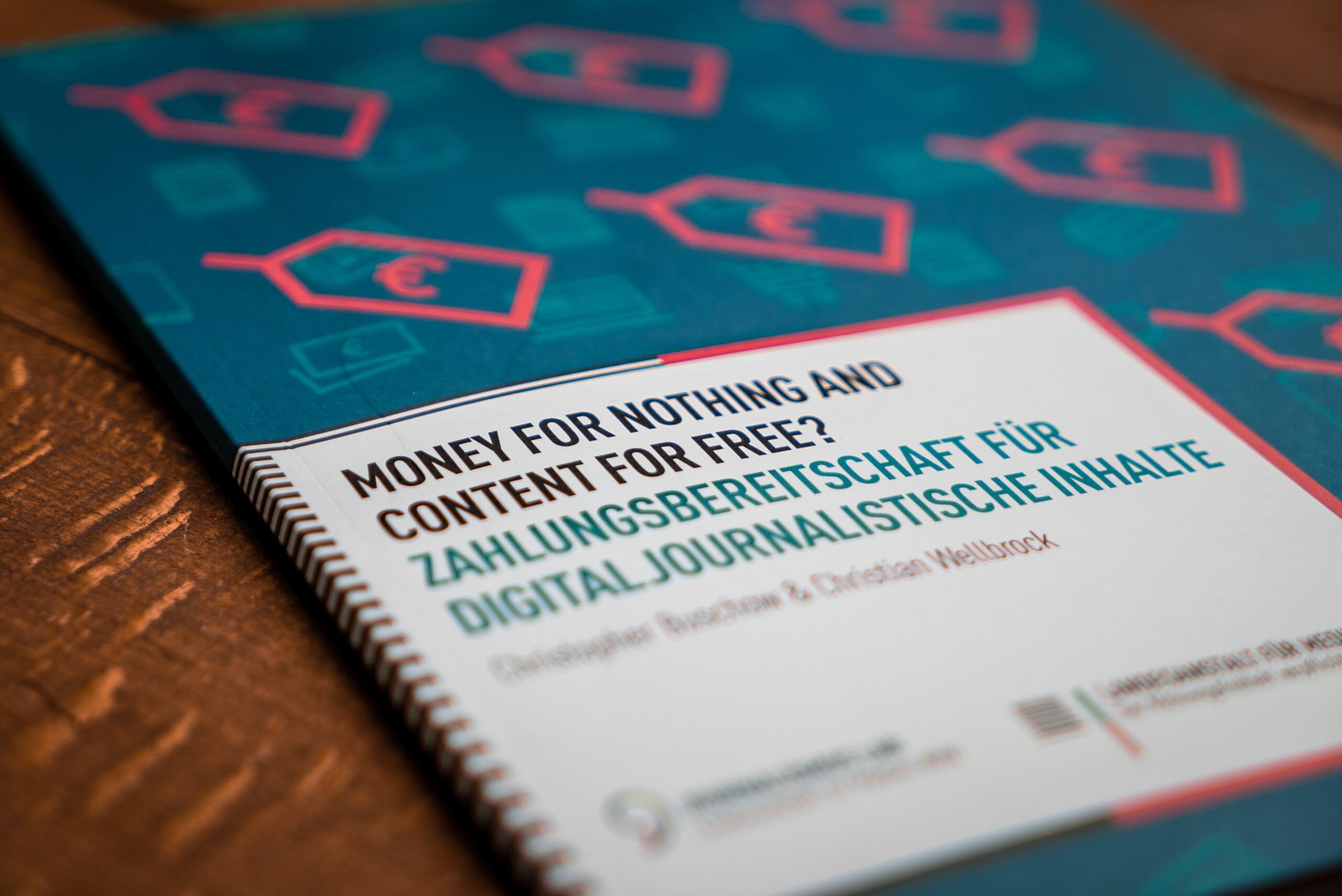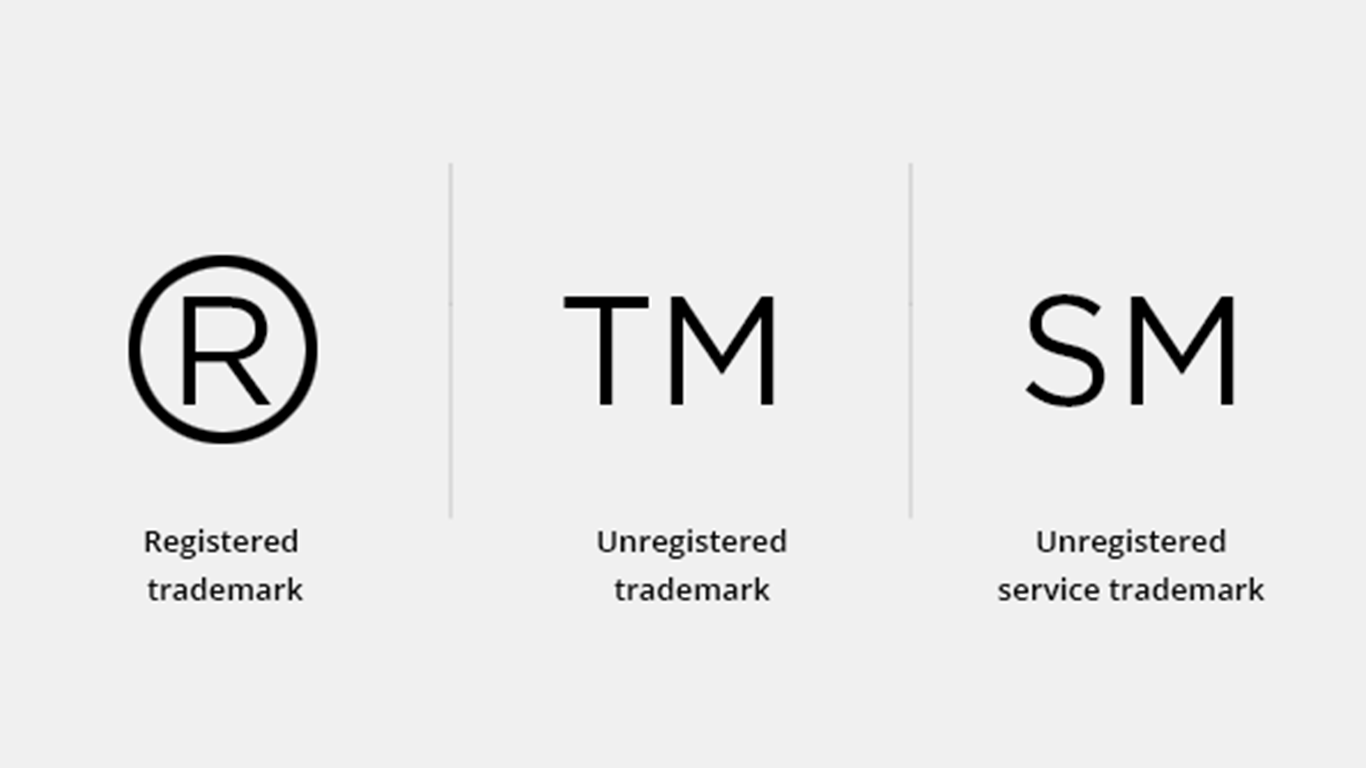By Eric Bjorgum, first published in Forum (July/August 2008).
There are many opportunities for plaintiff’s attorneys to pursue intellectual property claims. For copyright and patent claims, the requirement of a federal registration can pose a barrier to immediately filing suit. But one legal theory in intellectual property, perhaps more than any other, is suited to the plaintiff’s bar: so-called “reverse confusion” trademark infringement.
As I will explain below, reverse confusion involves the use by a large company of a trademark confusingly similar to a small company’s older trademark. In the Internet age, reverse confusion becomes more prevalent because marks that could not have been used in the same context (or even the same state) can be seen within seconds of each other. As the Ninth Circuit has stated: “[w]hereas in the world of bricks and mortar, one may be able to distinguish easily between an expensive restaurant in New York and a mediocre one in Los Angeles, see, e.g., Sardi’s Restaurant, 755 F.2d at 723-24, the Web is a very different world.” (GoTo.com, Inc. v. Walt Disney Co. (9th Cir. 2000) 202F.3d 1199, 1206-07 [finding that parties’ services were similar, for purposes of establishing likelihood of confusion of Web site “GoTo” and “Go Network” logos in trademark infringement suit, where both entities operated Web search engines and were, therefore, direct competitors, even if one were to concentrate on the areas of entertainment and leisure].)
Late last year, I went to trial as cocounsel to plaintiff’s powerhouse Panish, Shea & Boyle, LLP in a reverse confusion case (Positive Ions, Inc. v. Ion Media Networks, U.S.D.C., Central Dist. of California, Case No. CV06-4296 ABC (FMx)) involving a dispute over the mark ION between an Internet and television company. In the coming years, it is said that Internet and television will merge in what is known as “convergence.” We learnedmany things about trying such a case and moving it to resolution quickly. This article is intended to pass along some of those insights for plaintiff’s attorneys pursuing these claims.
I. BASICS OF TRADEMARK REVERSE CONFUSION,
Trademark protection is a valuable right for the little guy. This is because trademark rights are gained through mere use, and they last indefinitely. Remember: the key to trademark law is use in connection with a good or service. A strong trademark is one that is “arbitrary” (i.e., it does not describe the goods or services, such as how “Greyhound” does not describe a bus service) and is used in connection with a good or service in such a way that it identifies the source of the good or service. Trademark rights begin the moment such use begins. The strength of those rights is determined by the extensiveness of the use and arbitrariness of the mark.
A trademark registration will give the user stronger rights nationally, but an unregistered mark can be just as strong if it is supported by strong customer recognition, advertising and national use. For litigation purposes, the claim for infringement of the registered mark is brought under 15 U.S.c. section 1114, and the claim for the use ofthe unregistered mark is brought under 15 U.S.c. section lI25(a) (also known as a “section 43(a) claim” under the Lanham Act, or “federal unfair competition”).
But, practically, claims for infringement of registered or unregistered marks are nearly identical. (GoTo.com, supra, 202 F.3d at 1205 fn. 3.) Infringement of a trademark does not require actual confusion between the marks but only a “likelihood of confusion.” In the Ninth Circuit, likelihood of confusion is assessed under the so-called “Sleekcraft factors.’” The Sleekcraft case requires that, when assessing likelihood ofconfusion, the following factors be considered:
- I. strength of the mark;
- 2. proximity of the goods;
- 3. similarity of the marks;
- 4. evidence of actual confusion;
- 5. marketing channels used;
- 6. type of goods and the degree of care likely to be exercised by the purchaser;
- 7. defendant’s intent in selecting the mark; and
- 8. likelihood of expansion of the product lines.
(AMF Inc. v. Sleekcraft Boats (9th Cir. 1979) 599 F.2d 341, 348 -349.)
As a final bit of terminology, the first person or company to use the mark in connection with the good or service is called the “senior user.” The second user of an arguably similar mark in connection with an arguably similar good or service is the “junior user.”
In many trademark cases, the senior user is a large company pursuing its rights (e.g., MatteI’s use ofBARBIE in connection with a toy fashion doll) against a smaller company that the large company alleges is using a similar mark in connection with similar goods (e.g., BARBRA in connection with a doll). However, if trademark infringement were limited to claims by big companies, trademark rights would slowly accrue only for the benefit of large players in the market (remember “likelihood of expansion” is part of the test), leaving little protection for the mall company with a brilliant idea and mark. “Reverse confusion” can level this playing field.
Reverse confusion is just confusion like any other, but the infringementanalysis is slightly altered toward the realities of a small senior user fighting a larger junior user. Thus, in a case of reverse confusion, the small company with the great trademark is the senior user if it was first to use the mark in commerce; the large company is the junior user. The essence of reverse confusion is that, even though there may be little chance that the junior user is trying to capitalize on the smaller senior user’s market share, the small company will have its horizons for growth cut short by the large company. In the seminal Ninth Circuit case of Dreamwerks v. Dreamworks, the court described the larger company’s mark as casting a “shadow” over the small company. In that case, the senior user was a small company that put on science fiction conventions, and the junior user was the well-known Dreamworks film studio. The court stated that, if the roles were reversed, there would be no doubt that the larger Dreamworks would have stated a claim for trademark infringement. As the court explained, “The reason for this, of course, is that a famous mark like DreamWorks SKG casts a long shadow. Does the result change in a reverse infringement case because the long shadow is cast by the junior mark? We think not.” (Dreamwerks Production Group, Inc. v. SKG Studio (9th Cir. 1998) 142 F.3d 1127, 1130.)
As another example, assume that a small company has a cola drink called “Purple” that is marketed only in Southern California. That company is accruing trademark rights in the mark PURPLE. If Coca Cola later does a national launch of a cola called “Purple,” consumers outside of California are likely to think Coca Cola was the first “Purple.” Worse, if the small company tries to move into that market, consumers will think that it is trying to copy Coca Cola’s product when, in fact, the small company was the senior user. 2
II. THE POSITIVE IONS CASE
Amidst this daunting legal framework, my firm took on a plaintiff’s reverse confusion case in 2006. The case had personal significance because our firm had established reverse confusion in the Ninth Circuit in the Dreamwerks case, and this was our first foray back into that issue as a plaintiff since then. Also, it was a chance to work with Panish, Shea & Boyle, LLP with whom we have had a long history.
Our client, the plaintiff Positive Ions, Inc., had a registered mark in the word ION for use in connection with placing advertisements for the goods of others on a global computer network. The plaintiff also had over 1,000 domain names starting with “ion,” such as “ionLosAngeles.com” and “ionTelevision.com.” In 2006, a television broadcasting network known as Pax Television changed its name to Ion Television. Positive Ions began to receive email and other communications indicating that consumers may be confused. (Indeed, one voice mail involved a publicized incident of pornography being shown on the defendant’s station in Phoenix, and it appeared that the caller thought the plaintiff was somehow responsible.) Also, our client wanted to put videoon its web pages, and it appeared that it may be cut off by Ion Television.
A. Internet “Convergence” – A Wave of Confusion?
We believed the companies were on a collision course because of the coming “convergence” of television and the Internet. As noted above, the Internet provides a forum for a wave of trademark confusion; convergence is just one subset of that possibility. Throughout 2006 and 2007, the newspapers were full of articles about the demise of broadcast television in favor of television viewable on the Internet. Because Posi ti ve Ions had a trademark registration for use of “ion” in connection with “a global computer network,” it feared that the emergence ofIon Television as a broadcaster meant it would only be a matter of time before Ion Television launched a considerable Internet presence, thus destroying any chance that my client had of showing video on its own Ion Network.
In 2009, all television is set to “go digital” so that there will be no analog broadcast television. Digital broadcast television will be able to carry many more channels on the same radio spectrum that is now used by analog television. Also, there will be a potential for more interaction with the television, so that it will act more like a computer terminal. Companies will begin developing hand held devices to receive digital television, and the lines between television and Internet will become even more blurry.
B. Ion – The Trial
The case was filed in the Central District of California, and, somewhat to our amazement, proceeded all the way to trial. Brian Pan ish was lead trial counsel, and the case settled on the second day when the defendant’s CEO was on the stand, under Panish’s blistering crossexamination.
The defendant was represented by a large national law firm that pressed every argument. Eventually, during the trial, the court issued rulings on motions in limine that showed considerable downside risk was possible for the defendant. I believe one ruling in particular led the defendant to settle. In that ruling, the court clearly declared that if the defendant lost the case, the court would seriously consider issuing a permanent injunction against the defendant’s continued use of Ion Television. This had essentially reversed an earlier decision by the court in which it granted summary judgment on the issue that the defendant was the “senior user” ofION in television.
After much reflection and consideration of the trial and surrounding events, I concluded that there were things we could have done differently to bring the case into focus more quickly. Hopefully, these lessons will help other plaintiff’s attorneys attempting to negotiate the murky waters of trademark reverse confusion:
1. Consider the injunction your chief remedy:
In reverse confusion, damages are difficult to prove. This is because (unlike the BARBIE example above), the junior user is not trying to trade on the goodwill ofthe smaller senior user company. Instead, the larger company is really snuffing out the potential of the small company. When dealing with startups – particularly on the Internet – proving lost future income can be difficult.
Further, reverse confusion verdicts are trending down. When reverse confusion first arose, use of the traditional corrective advertising remedy (calculated by the large defendant’s advertising budget) resulted in some very large verdicts. The courts eventually developed various factors to limit these verdicts, and proof of all these issues can result in a sideshow from the infringement.
In our case, we sought the trademark damage theories of corrective advertising and damage to the mark, as measured by damage to the plaintiff’s brand. To pursue these theories, we chose expensive experts with complex theories. In the end, the expert witnesses became a distraction and increased the skepticism of the defendant’s counsel.
It is important to remember that in trademark law, an injunction is the preferred remedy. This is because consumer confusion is the main evil to be avoided, and the best way to avoid confusion is to make the infringing party stop using the mark. Damages are always difficult in trademark cases, but more so in reverse confusion. Further, the plaintiff increases the risk that a jury will think it is bringing a bogus claim if the damage numbers are unrealistic and rely on too many PhD’s. Thus, focusing on the injunction remedy can actually help move the case to settlement for money. This was apparent in the Positive Ion case because, once it looked like the defendant had a serious risk of changing its name, the case moved toward settlement. Further, a plaintiff can avoid a lot of briefing and time-consuming Daubert motions before trial if the damages theories are simple and result in conservative numbers.
2. Simplify the case for the court
Keeping the case simple for the court is obviously always a good idea, but it is very important in reverse trademark confusion. We know that courts are busy. A normal “forward confusion” case is difficult enough because trademark infringement(in the Ninth Circuit) requires weighing oft~e eight”Sleekcrajt factors.” Other circuits have similarly complex tests. There is a mass ofcase law dealing with weighing each ofthese factors differently for different situations. The court can be easily distracted. As we saw in the Positive Ion case with the “senior user” argument, the court can be distracted by novel arguments. We perhaps would have been better off focusing the court’s attention on the difficulties of reverse confusion.
Also, the Ninth Circuit pattern instructions can be made to fit a reverse confusion case, but the effort to do so should be made early and not just before trial. While it is sometimes advisable to keep as many balls in the air as possible until trial so that counsel can roll with the punches, a reverse confusion case is sufficiently confusing on its own that plaintiff’s counsel will have many chances to alter the presentation of the case as it progresses. For instance, in the Positive Ion case, we argued the “family of marks” doctrine up until trial, as well as potential trademark claims on many of the important domain names used by our client. At the court’s suggestion, we dropped these arguments just before trial, but, in retrospect, we possibly could have done so earlier.
In sum, in reverse confusion, plaintiff’s energy should go toward simplifying and explaining the case to the court. It will be difficult enough to get the jury instructions tailored to the reverse confusion scenario without have a lot of extraneous issues at pretrial.
3. Bifurcation is preferred
Oftentimes, a plaintiff’s attorney will resist bifurcation of liability and damages on the idea that it is good to get the damages evidence before the jury in the first phase. In reverse trademark confusion, this is not always a good strategy. This is because, by the very definition of reverse confusion, the plaintiff will look like it is “swinging for the bleachers” on damages against a large rival. The risk will be that the jury perceives the plaintiff as greedy and relying on smoke and mirrors damages reports.
Worse yet, because damages are difficult to prove, much of the case can be taken up by arguing the damages issue rather than the facts of trademark confusion, which are much more likely to be favorable to the small party. This is particularly so in the Internet context, where courts have held that confusion is more likely by the ability of consumers to quickly switch between web pages. This is a key factor in favor of the plaintiff, and the jury needs to focus on it.
Most importantly, putting off damages until the second phase helps drive the point home that the plaintiff really just wants the defendant to stop using its mark. Thejudge will likely grant an injunction if infringement is found by the jury. The plaintiff should not create an unfavorable impression with the judge by taking up a lot oftrial time trying to establish damages. All of these risks were heightened in the Positive Ion case because start up companies (again, particularly on the Internet) are not known for keeping their books completely up to the date and in order. They are usually too busy trying to stay in business.
Finally – and this will be relief to plaintiff’s attorneys – bifurcation means that the plaintiff does not need to agonize over how much money to request while putting on its liability case. The trial lawyer can focus on liability and the nine factors needed to prove it.
In sum, the coming months and years hold promise for plaintiff’s attorneys looking for to enter the intellectual property market via a plaintiff’s trademark suit. One key driver of that will be the incidence of confusion on the Internet. However, when preparing and trying a case of reverse confusion, it is important to remember to keep the case simple for the court and jury, recognize the power of the injunction remedy, and seriously question your instincts on the question of bifurcation. With these considerations in mind, a plaintiff’s attorney should be able to reach a positive result for the client without losing too much sleep.
1. Trademark cases can be brought in state court as well, though the wisdom of doing so varies with every case, and cases involving federally registered marks can be removed to federal court.
2. In a reverse confusion case, the most important Sleekcrajl factors are (I) the strength of the marks, (2) the similarity of the marks, and (3) the relatedness of the goods. (Moose Creek, Inc. v. Abercrombie & Fitch Co., (C.O. Cal. 2004) 331 FSupp.2d 1214.) Further, in the Web context two of these factors are heavily weighted. The inth Circuit has stated: “In the context of the Web in particular, the three most important Sleekcrajl factors are (1) the similarity of the marks, (2) the relatedness of the goods or services, and (3) the’ ‘simultaneous use of the Web as a marketing channel.” (GoTo.com, supra, 202 F3d at 1205.)









